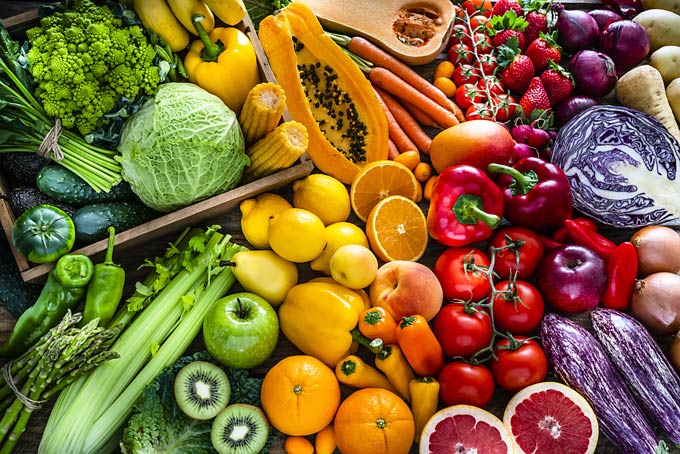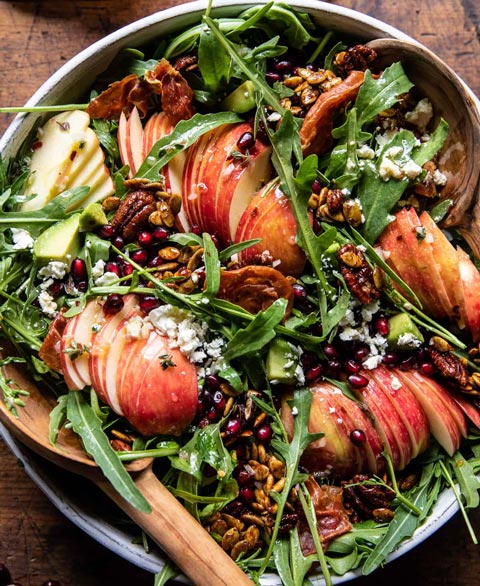

Resident Birthdays
Terry Kullback 10-14
Deborah (Lee) Scott 10-15
George (Tom) Varner 10-27
Celebrating October
National Taco day 1st
National Boss Day 16th
Family Thriller Night 24th
Events Spotlight
Pumpkin Decorating contest
GRand Teton
National Park
For over 11,000 years, communities have thrived in the valley known as Jackson Hole, turning these mountains into more than just peaks
Orange-Maple Butternut Squash Mash
Ingredients:
1 butternut squash (3 to 3 1/2 pounds)
Kosher salt
2 teaspoons ground coriander
4 tablespoons unsalted butter, cut into 4 pieces
1 tablespoon orange zest
2 tablespoons pure maple syrup
Directions:
Cut the bulbous bottom of the squash off from the long top. Split the bottom in half through the root end and scoop out the seeds with a spoon. Cut the long part in half lengthwise. Peel or cut off the rind, then cut the flesh into 1-inch pieces.
Add the squash to a 4-quart pot, add enough water to cover, bring to a boil, and cook, covered, over high heat, about 18 minutes. Add 1 tablespoon salt and cover. Lower the heat to medium and cook until the squash is tender when pierced with a fork, 10 to 12 minutes more. (There should be no resistance, but the squash should not fall apart. Be attentive: It can overcook very quickly and absorb too much water, making your mash soupy.)
Meanwhile, toast the coriander in a small dry skillet over medium-high heat, stirring often, until aromatic, 1 to 1 1/2 minutes. Transfer to a small bowl.
Strain the squash in a colander. Return it to the pot, add the butter and mash with a potato masher until smooth. Add the zest, 1 tablespoon of the maple syrup, 1 1/2 teaspoons of the toasted coriander and salt to taste and stir to combine. When serving, drizzle the remaining 1 tablespoon syrup over the top and dust with the remaining 1/2 teaspoon coriander.
Look After Your Health

It’s important to look after your physical and mental health when you have dementia:
Eat a healthy, balanced diet and drink plenty of fluids.
Exercise regularly. This could be a daily walk or gardening, or you could try tai chi or dancing.
Ask your GP if you would benefit from flu vaccination and pneumonia vaccination.
Get enough sleep. Try to avoid naps during the day and caffeine and alcohol at night.
Depression is very common in dementia. Talk to your GP, as there are talking treatments that can help.
Have regular dental, eyesight and hearing check-ups.
If you have a long-term condition, such as diabetes or heart disease, try to attend regular check-ups with your GP, which should include a review of the medicines you’re taking.
See your GP if you feel unwell, as things like chest or urine infections can make you feel very confused if not treated promptly.
Benefits of staying active

Staying active in older adulthood has many benefits, including:
Reduced risk of chronic disease
Inactivity can lead to a host of health issues and may even cause certain chronic diseases, 2017 research Trusted Source suggests. Regular activity in older adulthood can help reduce your risk of common health conditions, including:
Heart disease: Staying active helps lowerTrusted Source cardiovascular risks and can help improve your health if you’re already managing a heart condition.
Certain cancers: According to guidelines from the American Cancer SocietyTrusted Source, research links physical activity to a lower risk of cancer, including breast, colorectal, kidney, liver, lung, and thyroid cancers.
Diabetes: Aerobic exercise can help improve insulin sensitivity and help delay type 2 diabetes.
High blood pressure: Cardiovascular benefits of staying active help keep the heart working properly, which lowers the riskTrusted Source of high blood pressure.
Improved cognitive function
Brain functioning declines with age, but regular physical activity may help you preserve your ability to think. Exercise promotes the growth of the hippocampus in the brain, which is essential for memory, according to 2014 researchTrusted Source. Physical activity has also been shown to lower the risk of Alzheimer’s disease and dementia, 2017 researchTrusted Source notes.
Stronger muscles and bones
Regular physical activity releases hormones in the body that limit muscle breakdown and promote muscle growth. Staying active in older adulthood can help keep you from developing osteoporosis, suggests a 2020 research reviewTrusted Source. Physical activity also builds strength and balance, which can help prevent falls.
Better mental health
Research from 2016Trusted Source suggests that exercise may help boost mood and control depression, anxiety, and stress symptoms by increasing the production of endorphins, known as feel-good hormones.
Physical activity guidelines for older adults
Not sure if you’re getting enough physical activity? Here’s a look at what the CDCTrusted Source recommends for people over age 65:
150 minutes per week of moderate intensity activity, such as brisk walking, or 75 minutes of vigorous intensity activity, such as running muscle-strengthening activities that target varying muscle groups twice per week
balance activities three days per week

More Articles
Emotional Support for Aging Dads – What Senior Fathers Really Need
We talk about senior health. We talk about senior safety. But how often do we talk about senior dads and their emotional needs? The truth …
How Memorial Day Lives On in Senior Communities 2025
Share our good news:
Recipe of the Month
Fall Salad

Ingredients:
2 tbsp unsalted butter
2 tbsp brown sugar
½ cup raw pecans
1 small shallot, diced
1 tsp Dijon mustard
2 tsp balsamic vinegar
¼ cup olive oil
2 tsp maple syrup
Salt and pepper to taste
1 head endive, separated
2 hearts frisée, torn
1 radicchio, torn
1 red pear, sliced
¼ cup shaved Parmesan
Instructions:
Melt butter, stir in sugar, and cook pecans until caramelized. Cool.
Whisk together shallot, mustard, vinegar, oil, and syrup. Season with salt and pepper.
Toss endive, frisée, radicchio, pear, and pecans.
Drizzle dressing and top with shaved Parmesan.
Resident of the Month
Stephen Cohen

We are thrilled to announce Stephen Cohen as our Resident of the Month for October! Stephen has a remarkable gift for sparking lively conversations that instantly brighten the atmosphere around him. His infectious humor and warm personality make him a joy to be around, bringing smiles to the faces of both residents and staff alike. Whether sharing a laugh or offering a kind word, Stephen’s presence enhances our community, and we feel incredibly fortunate to have him as part of our family. Thank you, Stephen, for being you!
Associate of the Month
Secret Fogg

We are proud to recognize Secret Fogg as our Employee of the Month! As a lead med tech, Secret consistently demonstrates exceptional dedication and care for our residents. Her unwavering commitment to going above and beyond is truly inspiring, and she always steps up to support her colleagues whenever they need assistance. It’s evident in her work ethic that she deeply values the well-being of those she serves. Secret’s years of commitment have not gone unnoticed, and we are incredibly grateful to have her as a vital part of our community. Thank you, Secret, for all that you do!
Collaborators

JoEllen Spivey












